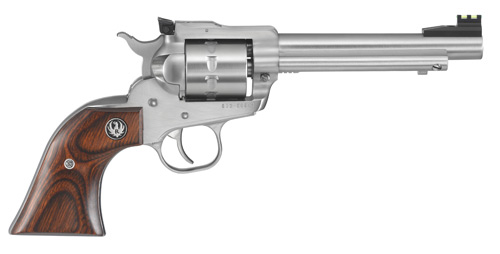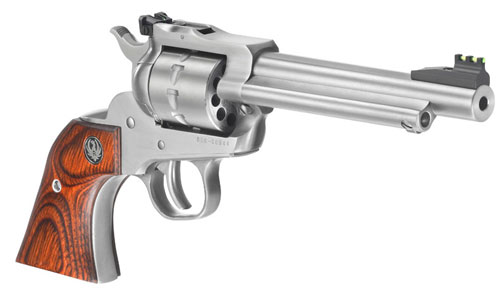Yes, this is a matter that's all about timing. In the Ruger, the hand, or part that pushes the cylinder to rotate by engaging the star at the rear of the cylinder:
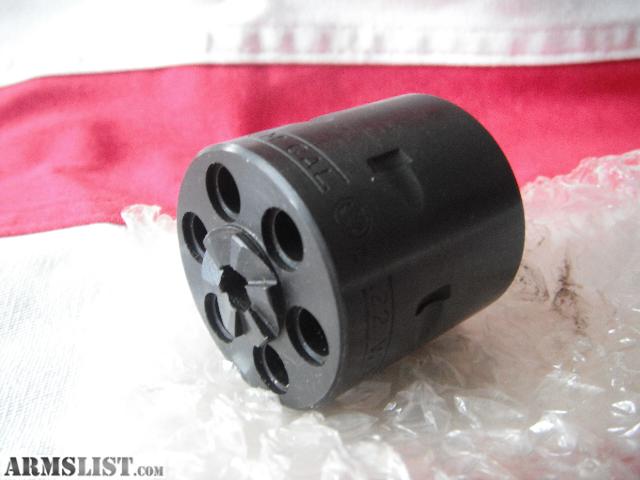
Single Six cylinder showing star
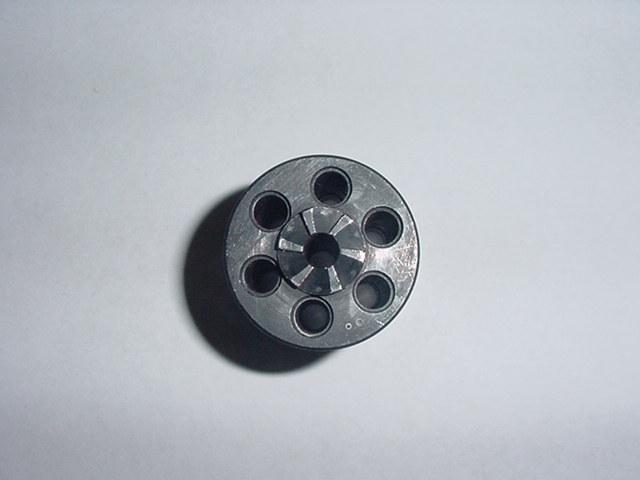
Another picture of the Single Six cylinder showing star
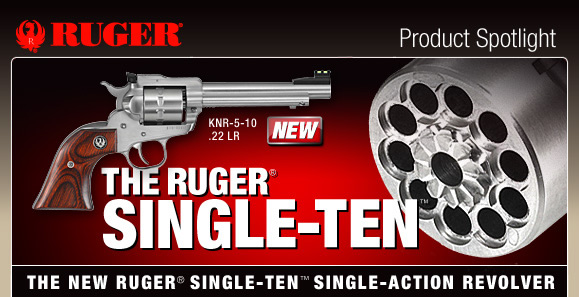
The best picture of the rear of a Single Ten cylinder I could find
The hand that pushes on this star is, in the Ruger single action revolvers, connected to the hammer base somewhat like the connecting rod of a car engine is connected to the crankshaft. In this case, because the cylinder is going to rotate only 36º, rather than 60º, the hand will need to move a shorter distance or, as one would say with a car engine, the "stroke" needs to be reduced. Check out this picture of a single action cutaway:

Apologizing for the picture, the lower diagram shows the hand sticking up from its pivoting connection on the hammer. by moving the pivot point closer to the pin the hammer rotates on, the movement of the hand can be shortened, allowing the cylinder to be configured for 10 rounds.
I rather agree about the point regarding the ejection of spent cases. For this reason, I always found the Harrington & Richardson 999 model appealing, as it was built on what folks in the USA would call a "Schofield" action, or a break open action like the Webley & Scott/IOF revolvers. This allows a simple breaking of the action to eject all of the empties, without the tedious use of the ejector rod.
Of course, the single action revolvers like the Ruger have a certain appeal based on their style -- something Ruger not only capitalized on with his single action revolvers, but also with his .22 semi-auto with the name that sounded a lot like that of a famous German pistol.
Make no mistake, they are all well-made and there's nothing wrong with these. My older son recently got one of the stainless Single Six convertibles and it shoots better than he can, or better than I can with my eyes the way they are.
